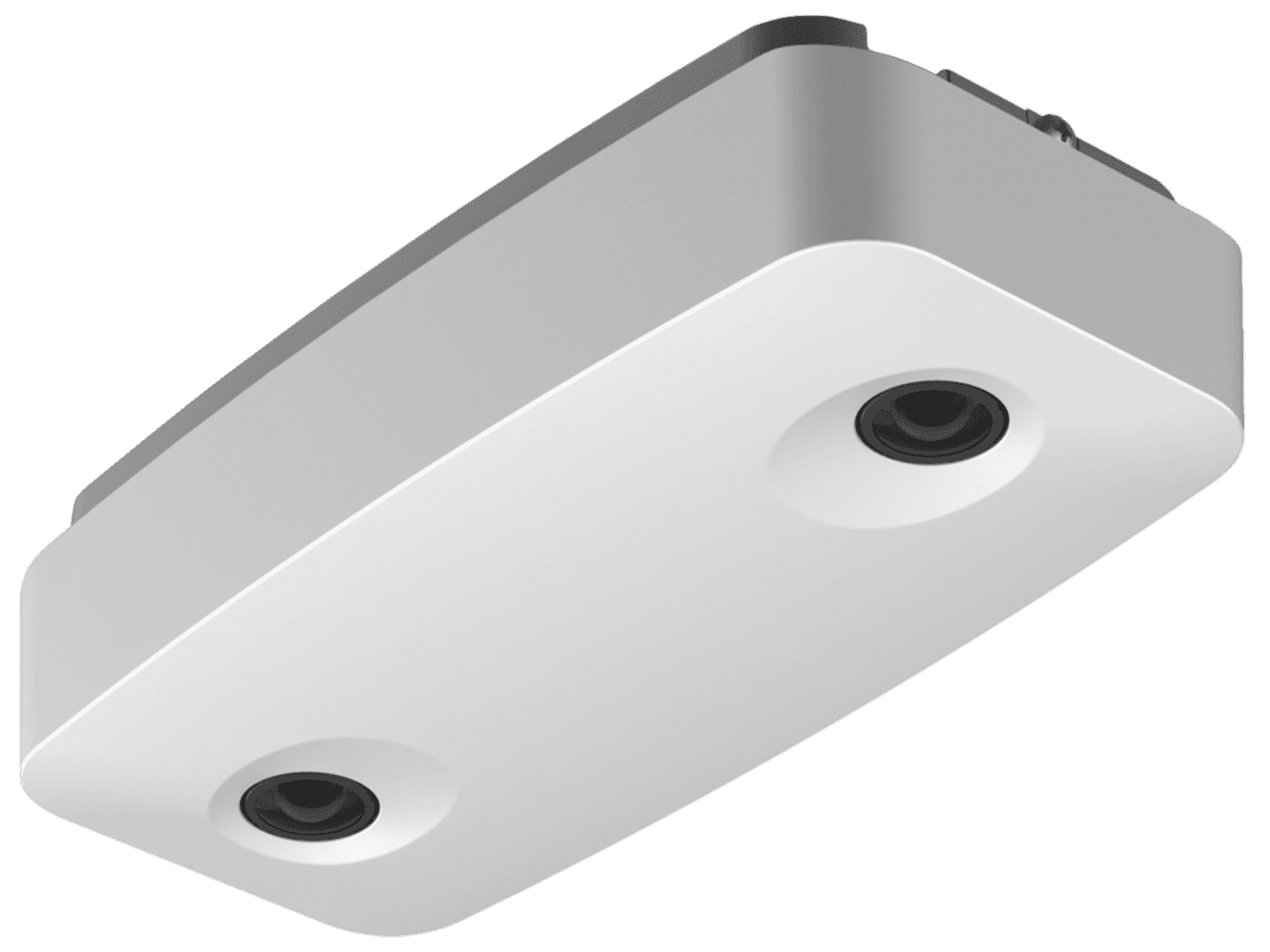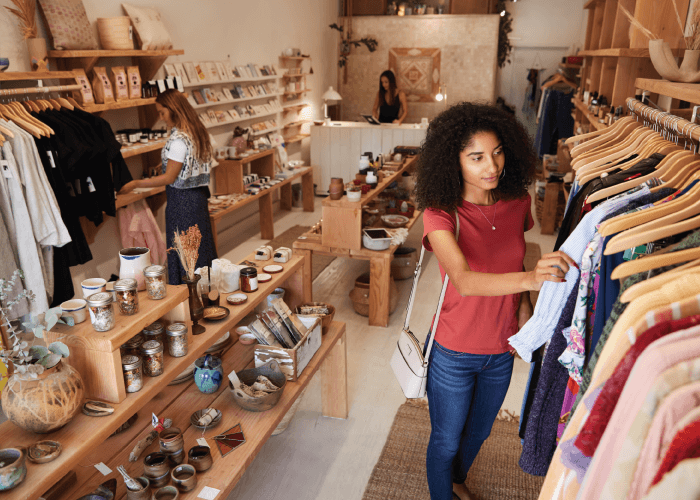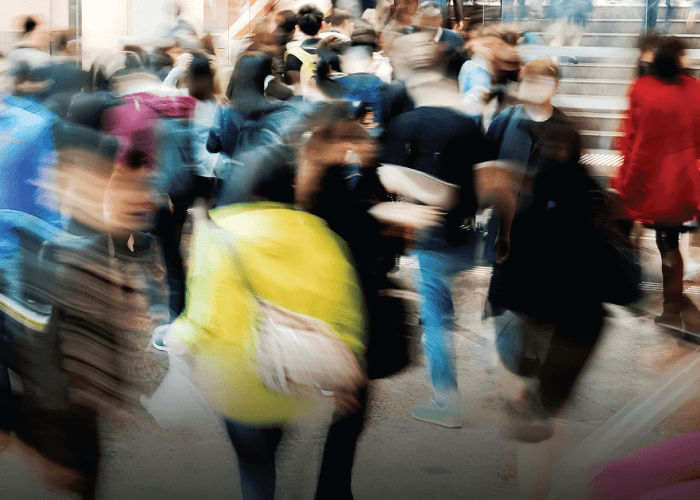As Retail Transforms, Technology is Here to Stay
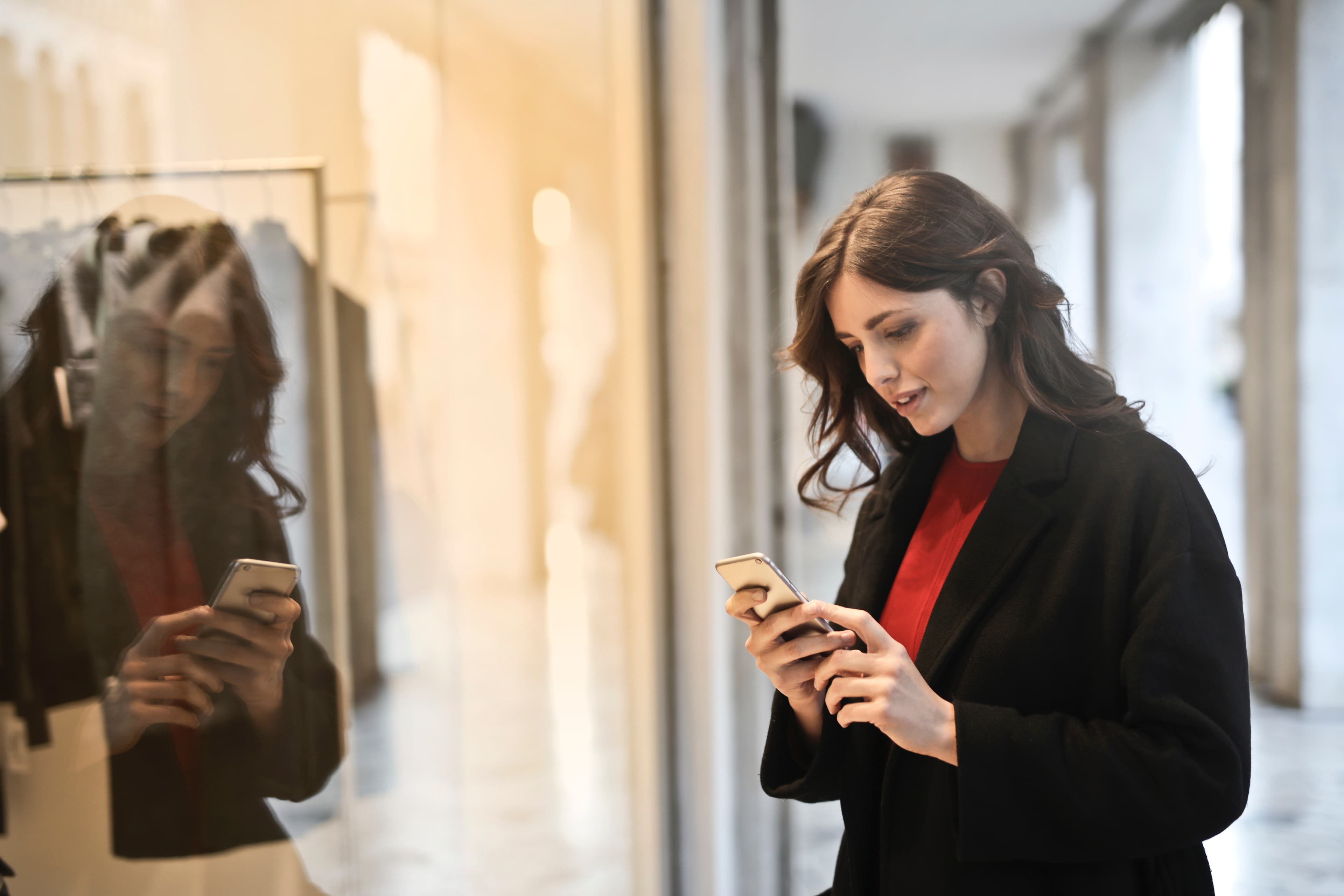
On this page
Let’s take a moment together to Hail Retail. Its impact on our culture, our economy, our individual psyches, and our human experience — is nothing short of astounding. Yes, we shop to fill the pantry. Replenish our wardrobe. Furnish our homes. And, take care of our personal lives with a thousand other details in between.
But retail has served a purpose far beyond the practicalities of daily living. For many of us, it’s a savior. A destination for discovery of new things, a place to escape, entertain the kids. Retail lifts us up when we’re down [aka “retail therapy”]. It gives us a sense of control [aka “revenge retail”]. Where we socialize, find support, and get inspiration – sometimes all in a single visit. Whether at Target, TJMAX, or Trader Joes…Mall of America or Hudson Yards NYC. Retail is the Experience Economy.
With continual threats of the pandemic, consumers have taken shopping into their own hands – literally. With mobile commerce up 80%, the role of technology on the transactional side of retail has been thrust five years into the future. Consumer needs and priorities have dramatically shifted to more mission-focused trips with convenience and safety being top of mind. Retail has had to respond bravely, boldly, and brightly with signature experiences that help remove friction and respond to consumers in real-time – as their needs change.
For those who have a vested interest in digital experience, this notion or realization can trigger either panic or exhilaration. After leaning in, learning, and living the plight of retail since the pandemic, I share with you 5 Strategic Imperatives For Effective Digital Strategy as we stare down the Future of Retail together. Believe me – there is a very real role for on-premise digital as we once knew it, but done in a way that meets consumer emotional and practical needs in today’s uncertain environments.
1. Safety And Convenience Are The New Shopper Mission
Less than a year ago, shoppers were willing to spend more time lingering during their trips. This mindset has literally turned upside down to decisions being made with safety, convenience, and consolidation of tasks in mind – all to reduce the risk of exposure and increase efficiency while doing so. With the rapid expansion of BOPIS and Curbside Pick up, the communications, logistics and operational demands of getting the experience right is critical for retailers to acquire new shoppers and command loyalty (which drives revenue). For those delivering to verticals like Grocery, Big Box Retailers (including brands like Home Depot), and other essential locations like Pharmacy – consider the following:
How can digital signage enable grab & go, though better exterior signage – including drive-through? (I HAVE visions of LED totems as I drive through the Chipoltlane)
How can digital integrate with on-premise lockers for shoppers who wish to aggregate pick up in a single place?
How can the mobile and digital interact so that it's clear when shoppers arrive on-site, in the parking lot, or at the curb – what they should do next, and the required wait times?
How can we use the front window as a way for immersive storytelling – so passersby might literally shop through the window at a safe distance?
2. Bring The Best Of The In-Store Experience, Virtually To The Home
The reason we go to retail is for the touch and feel, the try-on experience, the “visual” seeing is believing. We are longing for what we hold precious about retail – so the question is how can digital help adjust on the fly and leverage new technology platforms to keep customers shopping – until they feel good about returning. While you might think there is no role for digital signage here – the goal is to support whatever technology retains customer habits so that when the world heals, budgets return so we can invest more heavily in immersive experiences. Until that time…
Adopt virtual sales appointments for styling advice, consumer electronics support, or design help
Platforms like augmented reality allow companies like Ethan Allen Home and L’Oreal Cosmetics to keep brands connected with their consumers at home
Automatic replenishment of “one and done” remove friction and thought from having to monitor re-stocking – but having this for Starbucks, Sephora, and other higher involvement consumables really make a difference
3. Arm Sales Associates With The Technology They Need To Safely Serve And Succeed
Associates are precious resources that can make or break the experience of shopping – where ever help or guidance is needed. There’s no better time for retailers to up their game in training, specifically in COVID-related tasks as well as scheduling optimization tools and platforms that maximize coverage, and appointment-based tools that handle customer queues.
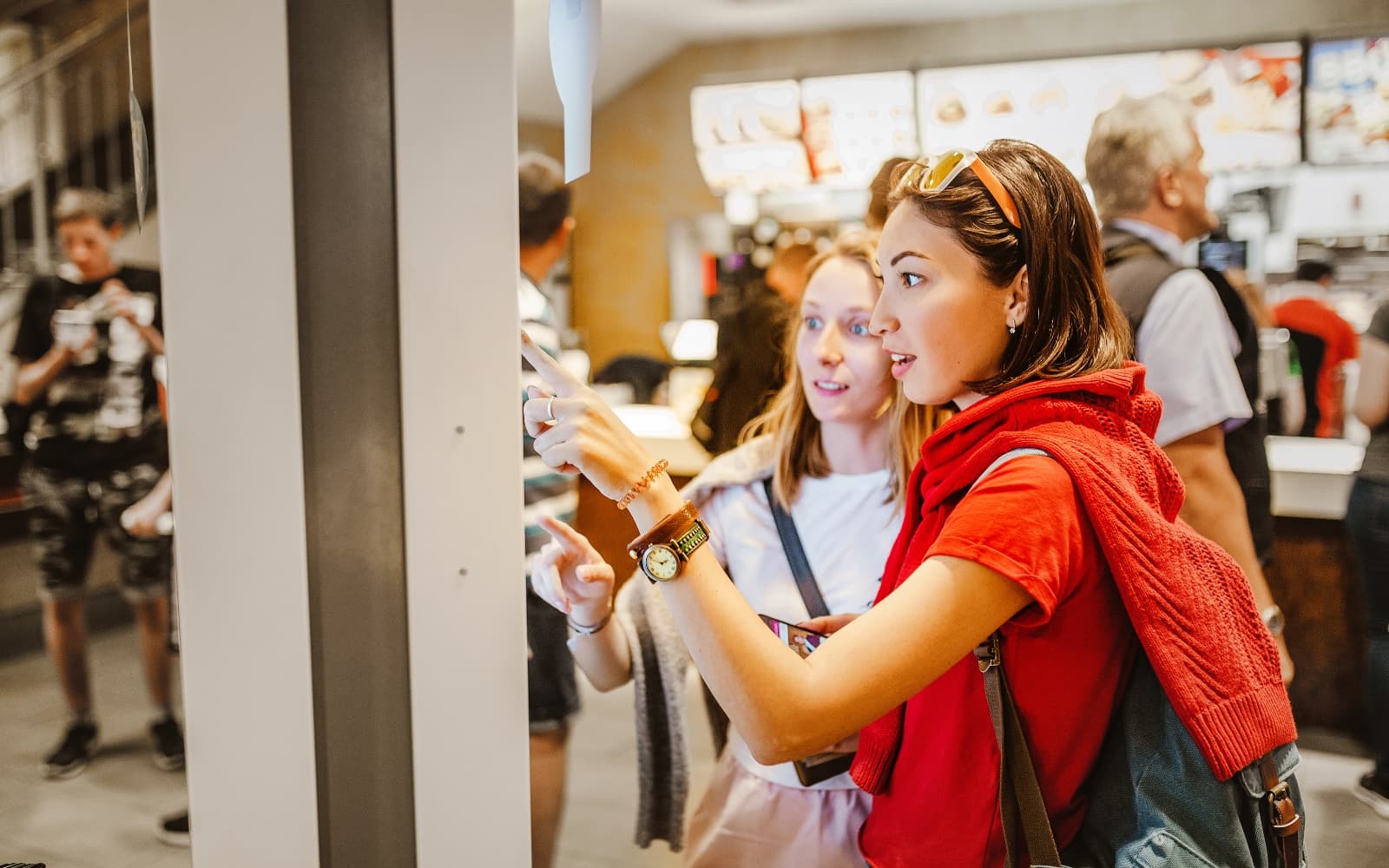
From a relationship standpoint, how can we help our retailers use technology-based tools to lean into clienteling, virtual appointments, and to be that trusted resource in the local community, check out these snappy integration-worthy platforms:
https://www.endearhq.com, empowering store associated to become digital marketers
https://www.usehero.com, connecting online customers to store associates via text, chat, voice, and video call
https://shopsafely.co/ for a download on retailers doing the best job on safe practices
www.qless.com manage wait times and social distancing; remote queuing, virtual callbacks, and flex appointments
4. Take Personalization Personally
Because they exist in the virtual, e-com retailers have access to data that that can accurately predict, anticipate, recommend, and create desire in ways that resonate with the individual – by name. We can learn so much by watching the nuances of digital-first brands and connecting the dots at retail with new and existing digital signage platforms. Think:
How can my digital programs create a personalized “check-in” experience?
Are there ways for the mobile to operate on “in-store mode” so that the mobile can help navigate finding essentials, or facilitate BOPIS quickly and personally?
Can the mobile platform functionality activate geo-detect and welcome those arriving on-site with the right combination of messages so they can grab and go?
5. Integrate Impulse In New Ways
Have you ever found yourself going into a store – whether it be AutoZone or Target – and coming out with bags full of stuff? Well, it's that experience of finding the treasure, getting inspired, and just plain seeing it, loving it, buying it – whether it was on the list or not. This is why in-store transactions are about 30% higher than that of online, due to the impulse factor. With retail operations being distracted with the heavy challenges of nailing BOPIS, BOPUCurbside – helping retailers think through new pandemic-proof impulse strategies that are low-touch but high impact, may help inspire more effective impulse at the right place and time in the journey.
Using digital signage to help put combinations of goods that might not be visually merchandised together
Using QR codes for shoppers to ‘bump’ to mobile for adjacent or related merch that “goes with” what they are transacting today – so they can take it with them
Last bit of advice for those of us who continually struggle on how to add value at the store level: Avoid duplicating instore what can be done online at home. The store is a place to go for something you can’t get at home – even during a pandemic. And leveraging technology/digital to shift the value proposition will make all the difference to securing its purpose, promise, and proof of value – well into the future.
About the author:

Beth Warren, SVP Marketing and Retail Practice, Creative Realities

